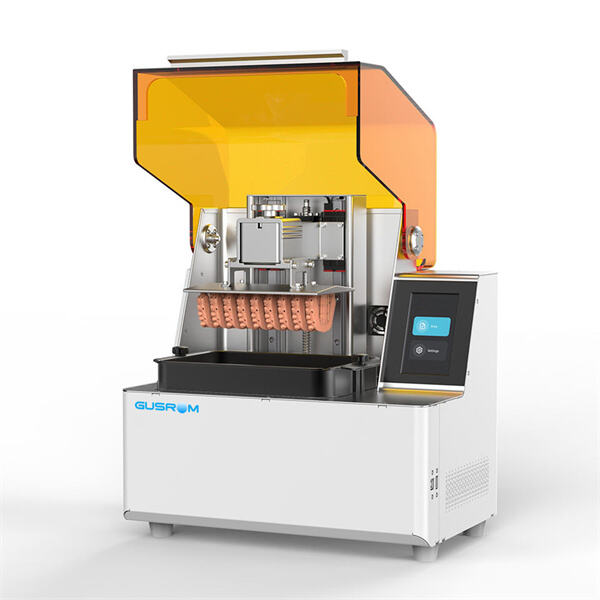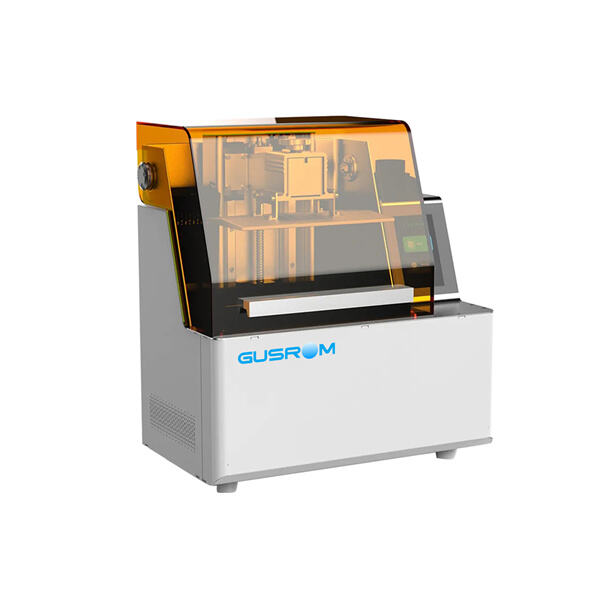Today, in this modern world, technology continues to move very fast, and we have a lot of things, which have become easier and accurate. 3D Printing: A Game Changer for the Dental Industry There are new technologies emerging that changing dentistry as we know it. Thanks to this incredible instrument, it is possible for dentists to have detailed dental models produced quickly and accurately.
Precision dentistry with 3-D printer dental models has multiple benefits. One of the greatest advantages: the models are realistic. 3D printing now allows dentists to make intricate models of a patient’s teeth, gums and mouth. This enables more accurate planning of treatment and results in better patient outcomes.
The application of 3D printing is transforming the dental sector in several aspects. Here, one of the major changes is the possibility of personal customization of each patient’s dental models. This makes it possible to create treatment plans that are tailored to the specific anatomy of each individual's mouth.
“No one wants it there,” Vickers says, “and it’s very visible, and patients don’t like that they have it.” Plus, 3D printing technology is helping dentists be more effective communicators with their patients. By building intricate dental models, dentists are enabling patients to see precisely what is going on in their mouths and make treatment options easier to understand. This results in a better understanding and more informed decisions by the patient.

3D printing and the production of precise dental models It’s nothing new that 3D printing has been a game-changer for the dental marketplace. Conventional approaches to making dental models, for example from molds and plaster, are time-consuming and fallible. 3D Printing With the development of 3D printing, dentists are able to produce highly intricate models that are very precise.

The production method for the dental models involves a digital scan of the patient's mouth. This scan is then 3D printed to produce a physical model of the teeth and gums. The printer then uses the digital model to build a model of the patient's mouth in physical form, laying down material layer by layer, with a spot-on accuracy rate.

In summary, the use of 3D printed dental models offer itself as a superior tool for patient care. Through the use of precise models of the mouth of a patient, dentists are able to offer more careful and accurate diagnosis and treatment planning, resulting in better treatment of patients.